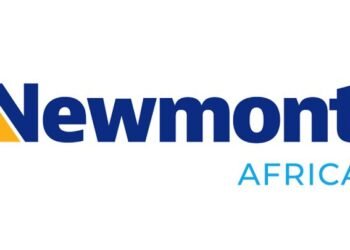Tema Oil Refinery (TOR), has been rendered an unprofitable economic venture, currently thriving on government guarantees due to the deep-seated losses and debts borne year-on-year.
By abandoning the business-as-usual approach to running TOR, the government must remove elements of political interferences or explore the option to privatise TOR. These two considerations are the surest way to prevent the wasteful spending of public resources, according to the Africa Centre for Energy Policy (ACEP).
Between 2014 and 2018, the company’s losses were above GHS300 million annually, recording the highest in 2014 at GHS927 million and the least in 2018 at GHS382 million. At the same time, annual revenues have stayed below GHS300 million. Cumulatively, the total loss over the five-year period amounts to GHS2.707 billion against the total revenue of GHS1.263 billion.
The company’s gearing ratios have further worsened. Ordinarily, a gearing ratio above 50 per cent is considered high risk. In the case of TOR, the gearing ratio worsened from negative 200 per cent in 2014 to more than negative 450 per cent in 2018.
Meanwhile, government’s intervention in the form of the TOR Debt Recovery Levy borne by consumers of petroleum products for almost two decades now, has failed to solve the escalating debt levels of TOR.
Due to political interferences, some suboptimal contracts are often imposed by the political system through sole-sourcing, which eventually leads to losses and dubious claims on the company.
The effect of the numerous problems facing TOR has been the micromanagement by the political system. This situation has deflected the attention of management from “the real challenges facing the company to constantly looking over their shoulders to please their political masters”.
Tackling TOR’s challenges to make it profitable
Dating back to 2003, a period saddled with debt challenges, for which reason the TOR debt recovery levy was instituted, the staff strength of TOR was about 350. The rise in staff strength has almost mimicked the rise in the company’s debts, standing at 950 by 2020, including about 350 contract staff.
This notwithstanding, the company’s output has reduced from 45,000 bpsd to about 25,000 bpsd. TOR’s staff strength is comparable to refineries with capacities of about 2.2million bpsd, ACEP noted. This, among others have led to high operational and administrative costs, which contribute to the company’s annual losses.
ACEP, therefore, recommended that to ensure profitability of TOR under state ownership, “the government must allow the company to operate under sound corporate governance.” A system that will ensure management and Board are held strictly accountable for inefficiencies and mismanagement.
On the other hand, going the way of privatisation of TOR, proves to be “the most suitable” considering the uncertainties surrounding political behaviour associated with change in governments and reshuffles within existing government.
According to ACEP, privatisation presents the opportunity to offset some of the debt and freeze the debt accumulation. This will therefore allow the Energy Sector Levy Account (ESLA) to address the existing debt situation, ACEP affirmed.
ACEP recommended a phased approach through initial partial privatisation and the eventual exit of the state to test the effectiveness of privatisation.
Considering the urgency with which these issues should be addressed, the decade-long approach of treating TOR’s problems as infinitesimal, thereby micromanaging these problems would further worsen the financial state of the company.
READ ALSO: Resource Nationalism to Remain Elevated in 2022- Fitch Solutions





















